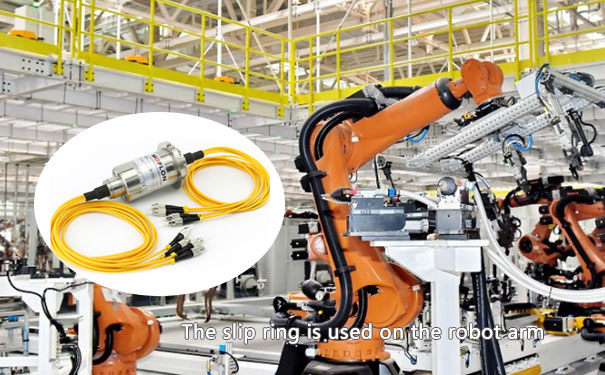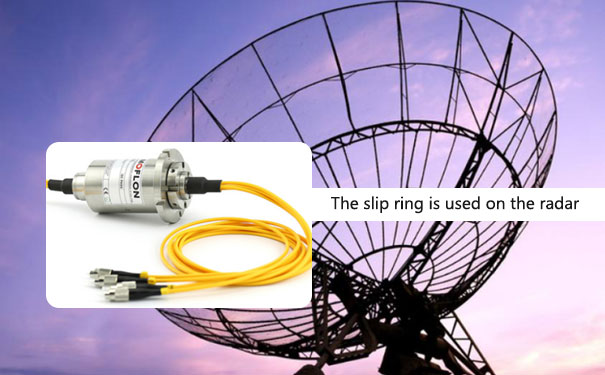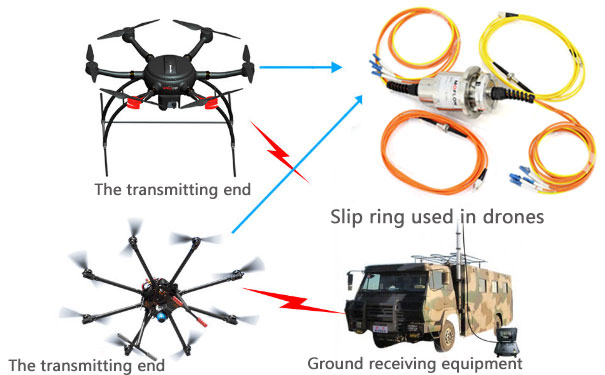forjs (fiber optic rotary joints) can also be considered to be the optical slip ring version of the electrical counterpart. In most cases, the fiber optic slip ring is a passive device that makes for less loss transfer of any single or multiple modes of signals through the rotating interface by using the optical technology.

Fiber Optic rotary joints are most commonly used in the vehicles that are remotely operated, in sensing system and also in oil drilling systems. Moreover, the optic rotary slip ring is also used most of the applications that have twist-free fiber cables as an essential. These FORJs, once combined with a fluid rotary joint or an electric slip ring, add a completely new dimension to the traditional rotary joints.
If we consider defining FORJs in simple terms, we can say that they are directly related to optical signals just like an electrical slip ring is to the electric signals that it conducts across any rotary interface, especially at the time of transmitting a huge amount of data.
What are single-channel and multi-channel FORJs?
If you delve deeper into finding out more about the fiber optic rotary joints, you will come to know that they are available in single-channel as well as multi-channel setups. Traditionally, single-channel and dual-channel FORJs are very efficient on the cost and size.

However, a system has more than two fibers in the channel, solutions of combining multiple channels on a single or two fibers in order to allow single or dual-channel forj.
Designing principles for an optic fiber slip ring
We can understand very well that the designing factor of a single channel fiber optical joint will be very different from that of the multiple-channel units. Here, the multi-channel mainly includes two or more than two channels and is commonly transmitted via two-way or even four-way optic connectors. However, in most cases, multiple-channel fiber optical slip ring is made up of only multi-mode optic line channels.
Any single-channel optic fiber slip ring can be classified into single-mode or multi-mode. However, in cases of multi-channel FORJs, they can lead only to multi-mode setup.

Multi-mode optic fibers have to get a 360-degree rotation at the time of the transmission and the optic fiber is not on a loss. The designing of the structure isn't very difficult. However, the main difficulty comes at the time of machining the accuracy and processing the temperature. Hence, there is a requirement for an approval equipment and an approval mechanism in order to approve the optic path and fine tune so that there is the least insertion loss.
For the best structure of the transferring data rate, a multi-channel optic fiber is used mostly. However, due to the complexities of a multi-channel and its design, it becomes slightly more expensive. And this is exactly why most of the industries refrain from using a multi-channel unit, just to keep the budget of the mechanism under check and prefer going for the single channel units.
